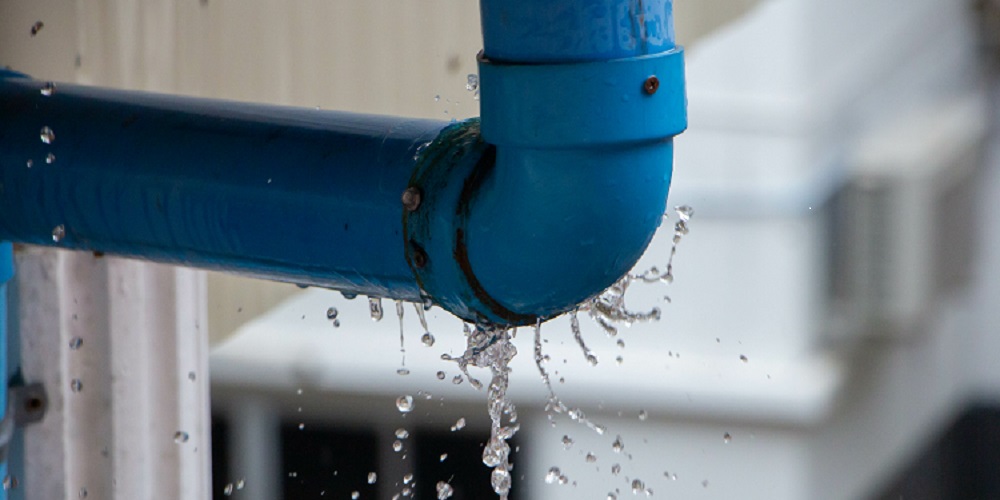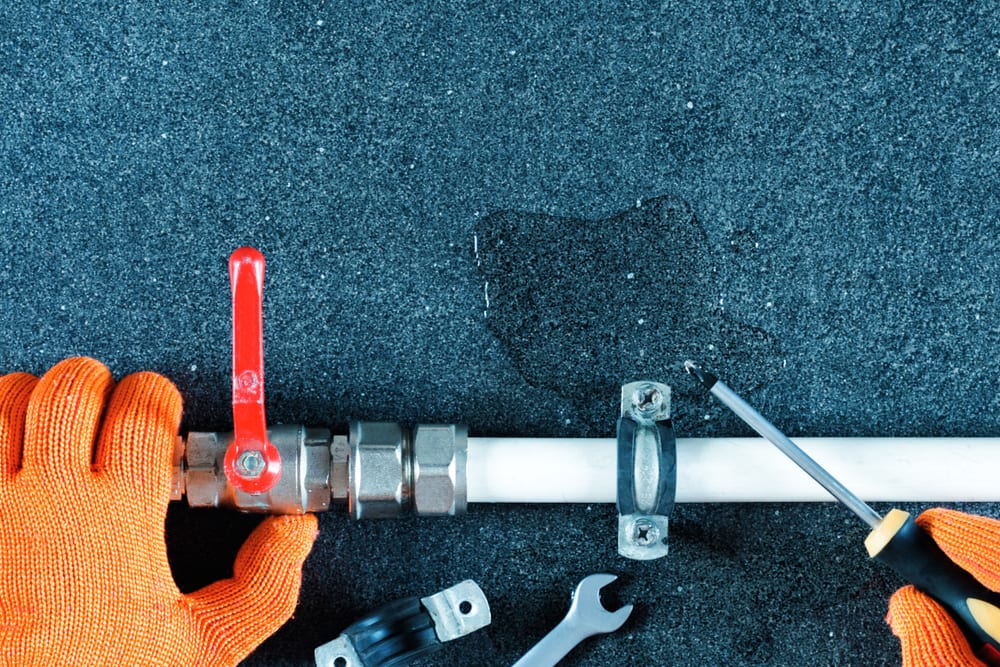The publisher is making a few great points on Finding hidden leaks overall in this post just below.

Early discovery of dripping water lines can minimize a possible calamity. In addition to conserving you cash, it will lessen the aggravation and aggravation. The moment you find a leakage, calling your plumber for fixings is the most effective option. Nonetheless, some small water leaks may not show up. Below are some hacks that assist if you can not detect it with your naked eyes.
1. Take A Look At the Water Meter
Every home has a water meter. Examining it is a guaranteed way that assists you uncover leaks. For beginners, switch off all the water sources. Make sure no one will certainly purge, use the tap, shower, run the washing maker or dish washer. From there, go to the meter and watch if it will certainly alter. Given that no person is using it, there should be no movements. That shows a fast-moving leakage if it moves. If you detect no adjustments, wait an hour or two and also examine back once again. This implies you might have a slow leakage that could also be below ground.
2. Examine Water Consumption
Analyze your water bills and track your water usage. As the one paying it, you must see if there are any discrepancies. If you identify sudden changes, in spite of your intake being the same, it indicates that you have leakages in your plumbing system. Remember, your water expense should drop under the very same variety on a monthly basis. An unexpected spike in your bill indicates a fast-moving leak.
A stable boost every month, also with the very same behaviors, reveals you have a sluggish leak that's likewise gradually intensifying. Call a plumber to completely examine your residential or commercial property, particularly if you feel a cozy area on your flooring with piping underneath.
3. Do a Food Coloring Examination
When it comes to water intake, 30% originates from toilets. Test to see if they are running properly. Decrease specks of food color in the container as well as wait 10 minutes. There's a leak between the storage tank and also bowl if the color in some way infiltrates your bowl throughout that time without flushing.
4. Asses Outside Lines
Do not forget to inspect your exterior water lines also. Needs to water permeate out of the connection, you have a loose rubber gasket. One little leakage can squander heaps of water and surge your water expense.
5. Evaluate and Evaluate the Scenario
House owners need to make it a habit to inspect under the sink counters as well as also inside closets for any bad odor or mold growth. These two red flags suggest a leakage so punctual focus is required. Doing routine examinations, also bi-annually, can save you from a major problem.
Inspect for stainings and compromising as most pipes and home appliances have a life expectancy. If you think dripping water lines in your plumbing system, do not wait for it to intensify.
Early detection of dripping water lines can minimize a prospective disaster. Some little water leakages might not be visible. Examining it is a surefire means that aids you discover leakages. One tiny leakage can waste bunches of water and increase your water expense.
If you think dripping water lines in your plumbing system, do not wait for it to escalate.
WARNING SIGNS OF WATER LEAKAGE BEHIND THE WALL
PERSISTENT MUSTY ODORS
As water slowly drips from a leaky pipe inside the wall, flooring and sheetrock stay damp and develop an odor similar to wet cardboard. It generates a musty smell that can help you find hidden leaks.
MOLD IN UNUSUAL AREAS
Mold usually grows in wet areas like kitchens, baths and laundry rooms. If you spot the stuff on walls or baseboards in other rooms of the house, it’s a good indicator of undetected water leaks.
STAINS THAT GROW
When mold thrives around a leaky pipe, it sometimes takes hold on the inside surface of the affected wall. A growing stain on otherwise clean sheetrock is often your sign of a hidden plumbing problem.
PEELING OR BUBBLING WALLPAPER / PAINT
This clue is easy to miss in rooms that don’t get much use. When you see wallpaper separating along seams or paint bubbling or flaking off the wall, blame sheetrock that stays wet because of an undetected leak.
BUCKLED CEILINGS AND STAINED FLOORS
If ceilings or floors in bathrooms, kitchens or laundry areas develop structural problems, don’t rule out constant damp inside the walls. Wet sheetrock can affect adjacent framing, flooring and ceilings.
https://www.servicemasterbyzaba.com/blog/how-to-detect-water-leakage-in-walls/

I'm very taken with Top leak detection hacks and I am praying you liked the entire article. Do you know about another individual who is looking into Detecting hidden plumbing leaks? Be sure share it. Thanks a lot for going through it.
Comments on “Guide To Water Leak Discovery In Your Home”